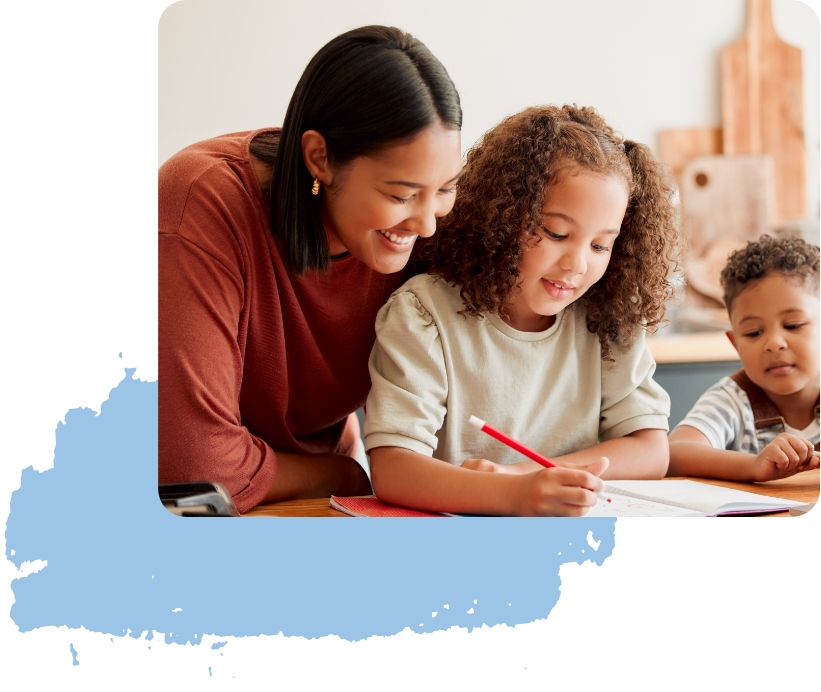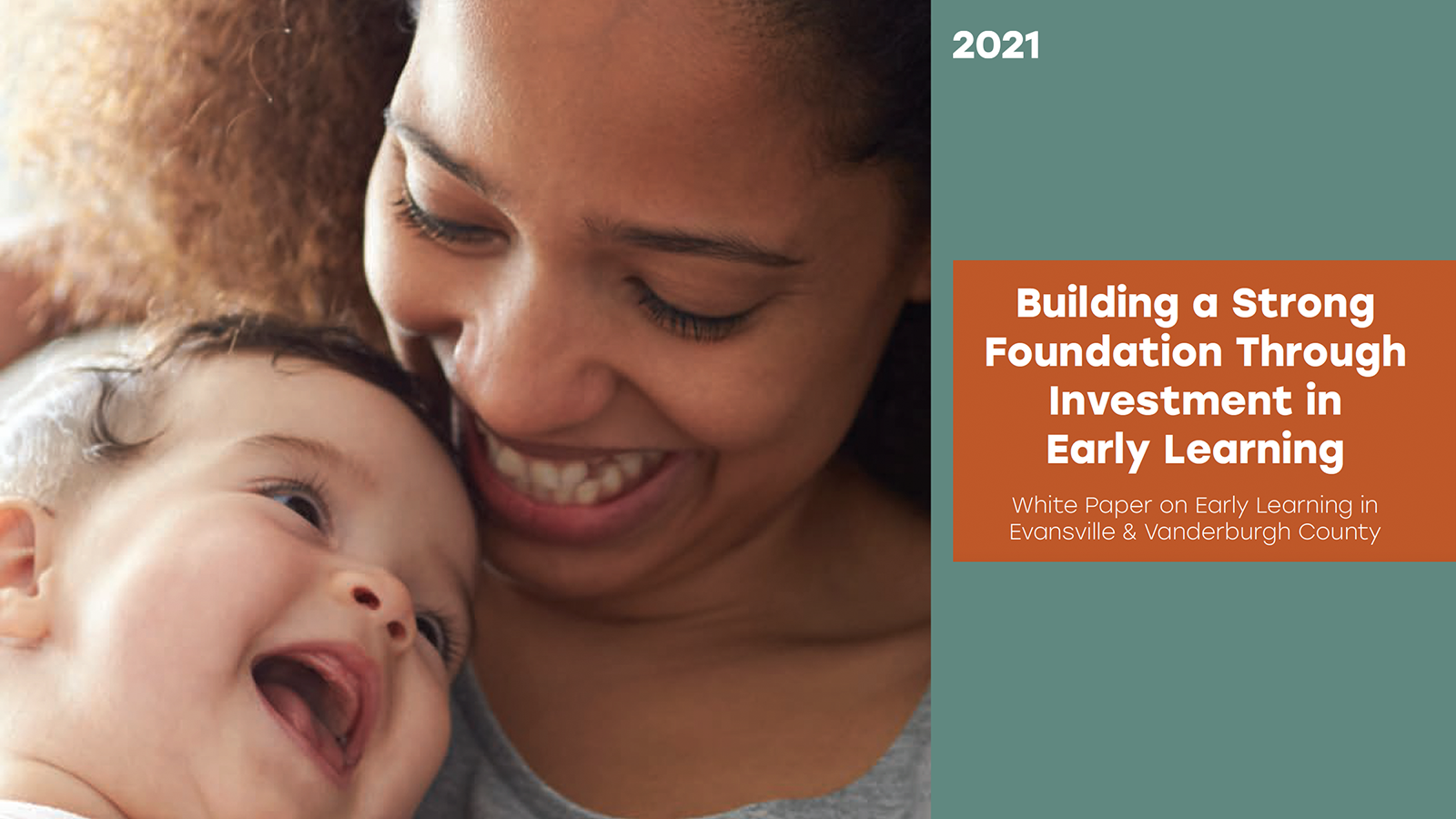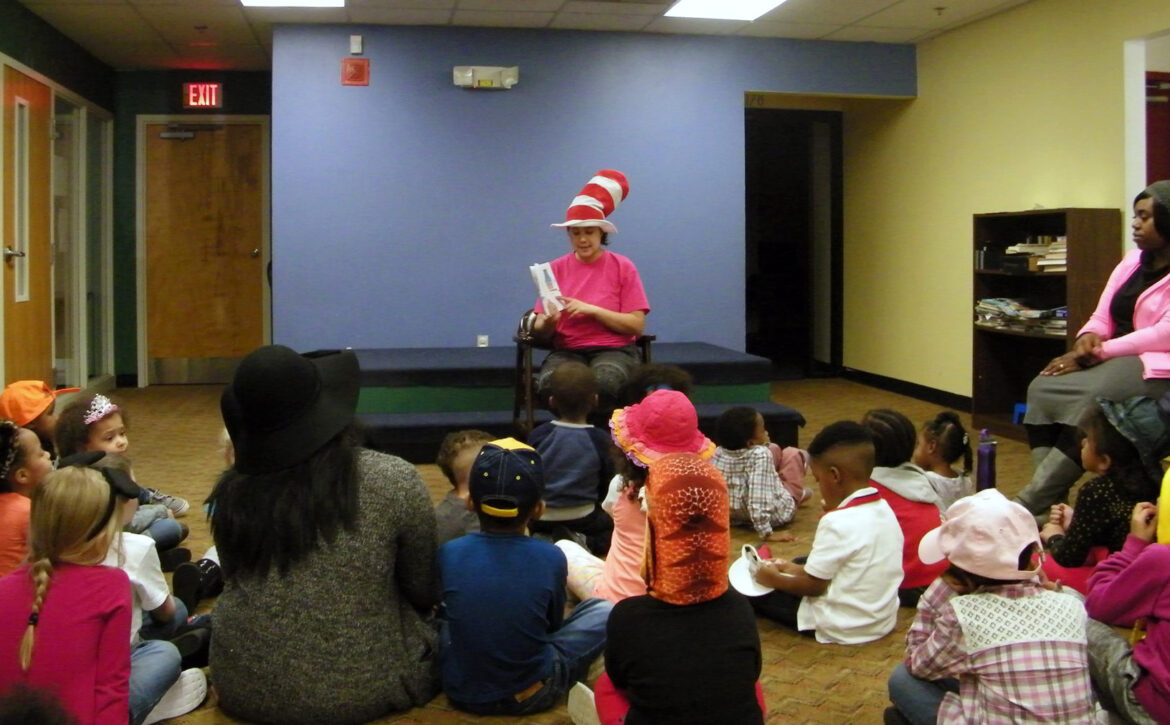
The first eight years of a child’s life are critical because, in this short time span, the building blocks for optimal development are established. Early relationships (both familial and external) lay the groundwork for academic preparation and social/emotional development. Brain and vocabulary development directly influence academic success; social adjustment and self-regulation impact behavior. How we think, learn, communicate, concentrate, problem solve and relate to others when we get to school and later in our lives depends in large part on the experiences we have and the skills we develop during the earliest days, months, and years. Without these vital skills, windows will close and will not reopen again without costly remediation, if ever. Because of the complex nature of early childhood development, multiple audiences – including parents, caregivers, teachers, and communities – must work together to ensure that children enter school ready to learn and that they remain on that path.
Early Learning
Impact Stories
Educational Equity
Continuing the conversation on Equity versus Equality, and looking ahead to the opening of our Early Learning Grant Cycle next month, we’re focusing this time on Educational Equity. The video above does a great job of explaining what Equity in Education is and shares some national statistics that support the increasing need for programs that provide equitable educational opportunity for everyone.
High-quality education matters. When we tend to the unique needs of each child and group (i.e. BIOPIC, disabled, low income), nourishing their strengths and resourcing the areas where they may struggle, they’re more likely to not only succeed in their early education but also be equipped with the tools they need to succeed in life.
Our Investment
Progress in the Tri-state in the area of Early Learning will be measured by these community changes:
- More children arrive at kindergarten ready to learn
- More 3rd graders will meet or exceed grade-level benchmarks for school success
The Foundation has identified four specific priorities that engage key audiences:
Family Engagement – Helping families understand the importance of early learning and equipping them with best practice parenting tools
Provider Effectiveness – Equipping early learning providers with the tools to create high-quality learning settings
Affordable High-Quality Enrollment – Providing scholarship resources towards efforts to make high-quality learning environments more accessible to families
Academic Supports – Funding programs by schools, church and community organizations focused on narrowing the learning gap among elementary school students

To learn more about our Early Learning Investment, view our Early Learning Whitepaper – Building a Strong Foundation Through Investment in Early Learning.
Path to Impact
Our Path to Impact is the process by which the positive change that we believe our communities need will be realized through the focus on the priorities listed above.
